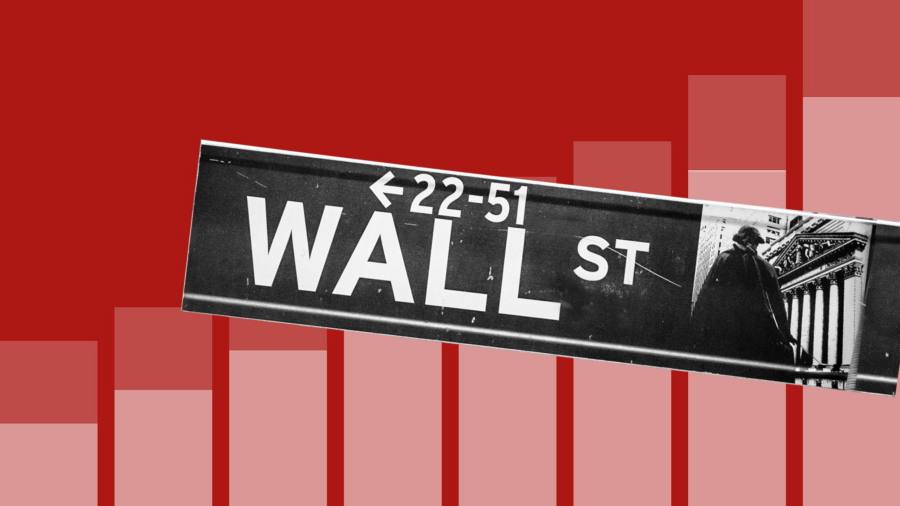Wall Street stocks wavered on Tuesday as strong housing data raised the prospect of higher interest rates taking the steam out of a weeks-long rally in US equities.
The benchmark S&P 500 closed down 0.5 per cent while the tech-heavy Nasdaq Composite ended 0.2 per cent lower following a federal holiday on Monday.
The weakness followed an unexpected spurt in new home construction that put housing starts at their highest level in more than a year. Economists had forecast a slight decline, anticipating that homebuyers would be deterred by high borrowing costs, so the data suggested domestic demand was strong enough that the Federal Reserve could be tempted to raise interest rates further still in their efforts to cool inflation.
The US central bank opted to pause its tightening campaign at last week’s Federal Open Market Committee meeting, but signalled two additional rate increases this year. Fed chair Jay Powell is due to appear before the House Financial Services Committee on Wednesday to give his semi-annual testimony, which will be watched closely for clues on his thinking about interest rates.
Tuesday’s US weakness followed a week in which the S&P had reached a technical bull market — defined as a 20 per cent rally from its low — prompting debate about the sustainability of the gains, which have been heavily led by advances for artificial intelligence-related stocks.
Thomas Mathews, senior markets economist at Capital Economics, said “growing enthusiasm about AI will [not] be enough to stop the S&P 500 from declining if [ . . . ] the US economy falls into recession later this year”.
In Europe, the region-wide Stoxx 600 and Germany’s Dax both ended the day 0.6 per cent lower, while London’s FTSE 100 shed 0.3 per cent.
Raw materials stocks led losers in the region, with the Stoxx 600 Basic Resources index dropping for the fourth successive session, as investors fretted that China’s sluggish economic recovery would curb demand.
The moves came after the People’s Bank of China lowered the country’s mortgage-linked five-year loan prime rate to 4.2 per cent from 4.3 per cent, undershooting investors’ expectations of a 0.15 percentage point cut.
China’s benchmark CSI 300 stock index fell 0.2 per cent after the announcement, dragged down by losses in property stocks. The Hang Seng China Enterprises index of Hong Kong-listed mainland companies dropped 1.5 per cent.
“The risk with this incremental rate-reduction approach is that potential homebuyers will expect further mortgage reductions and therefore hold off purchases, depressing home sales activity,” said Duncan Wrigley, chief China economist at Pantheon Macroeconomics.
China’s policymakers also reduced the country’s one-year loan prime rate by 0.1 percentage point to 3.55 per cent in an effort to bolster growth in the world’s second-largest economy following three years of severe Covid-19 restrictions.
In the UK, traders prepared for the release of inflation data on Wednesday and a monetary policy decision from the Bank of England on Thursday. Markets expect the central bank to lift rates to a 15-year high of 4.75 per cent.
The annual rate of consumer price inflation is forecast to have edged down to 8.4 per cent in May, from 8.7 per cent in April, remaining above that of Europe and the US and far exceeding the BoE’s 2 per cent target.
Yields on two-year gilts, which are sensitive to interest rate changes, fell 0.13 percentage points to 4.95 per cent, edging down after hitting their highest level since 2008 in the previous session. Yields on the benchmark 10-year note were 0.16 percentage points lower at 4.33 per cent. Bond yields fall as prices rise.
Read the full article here













